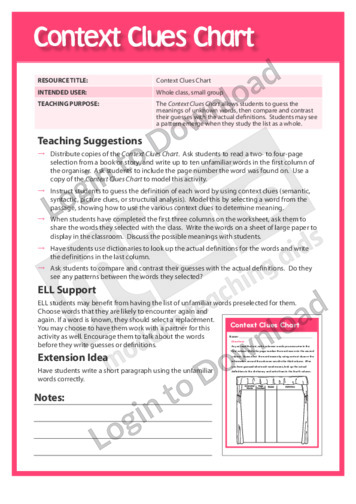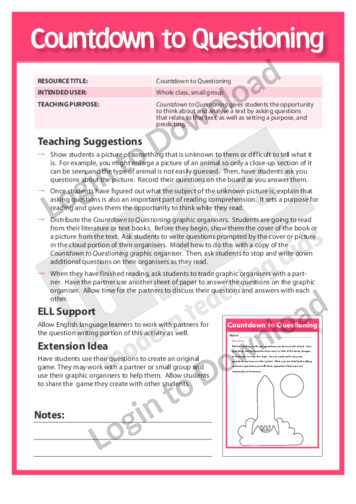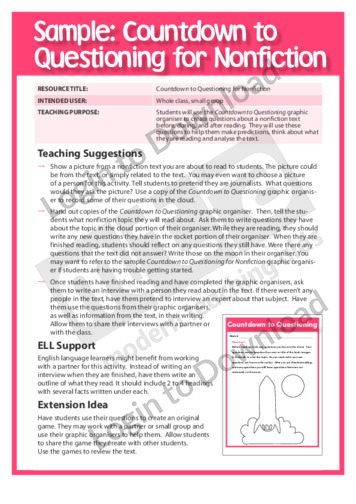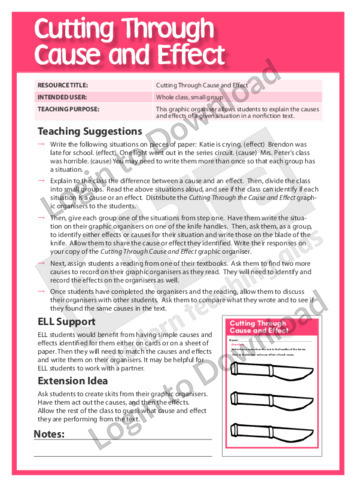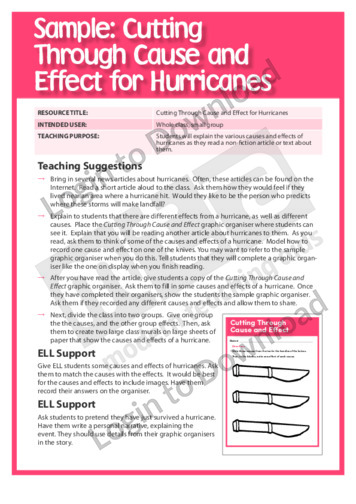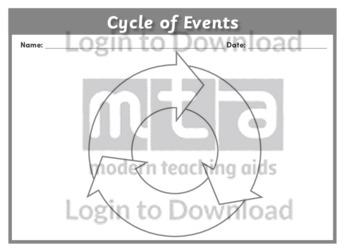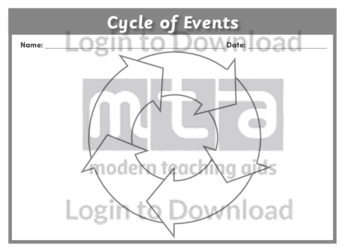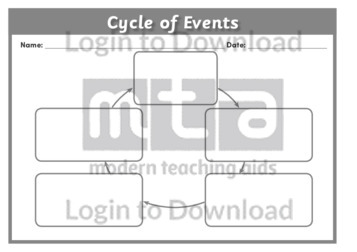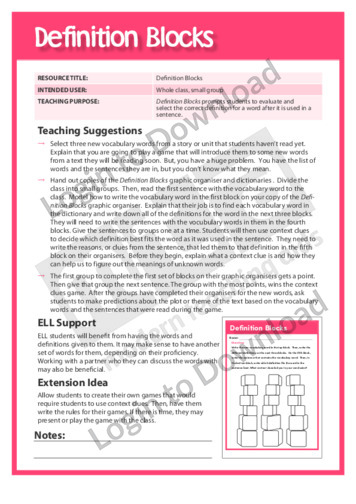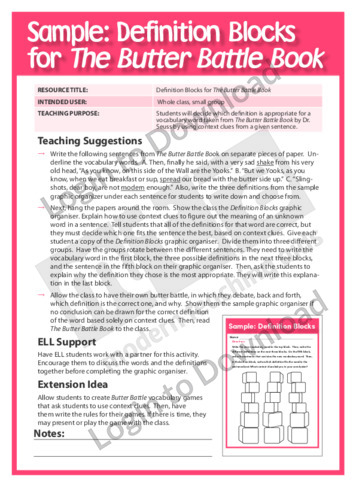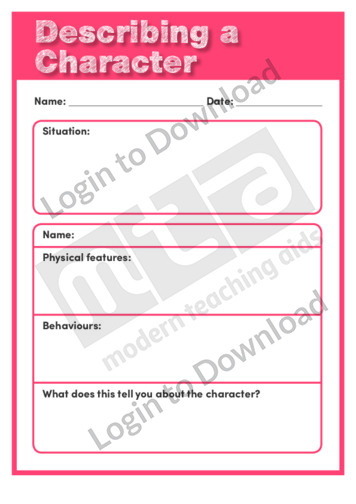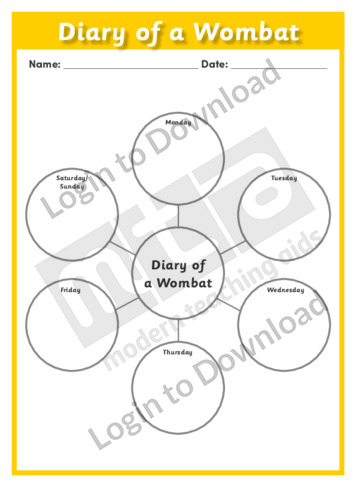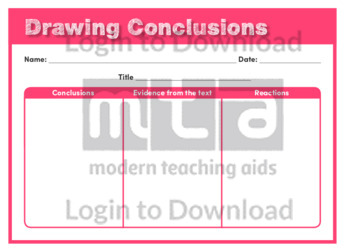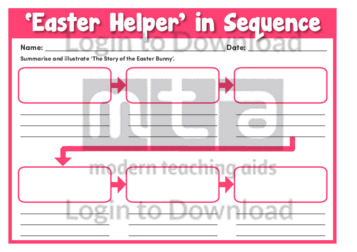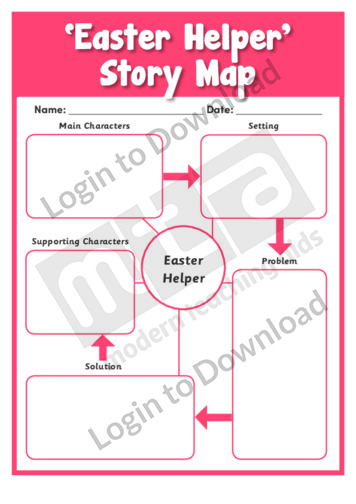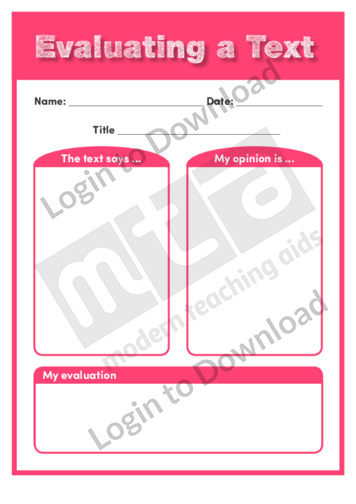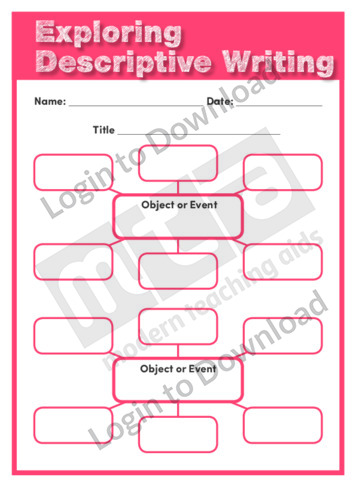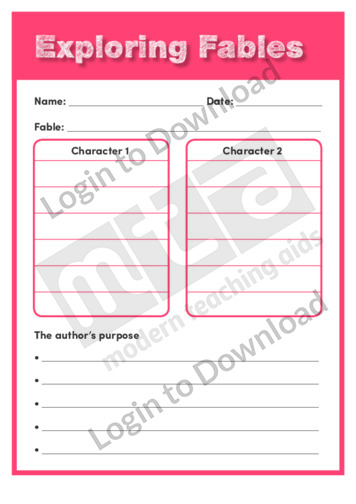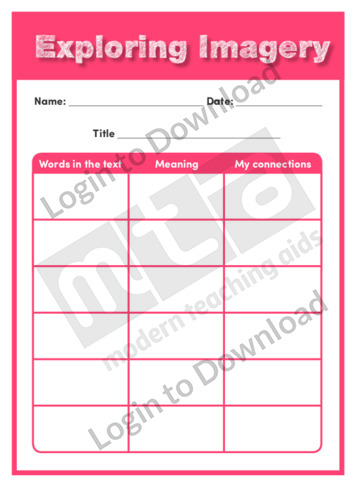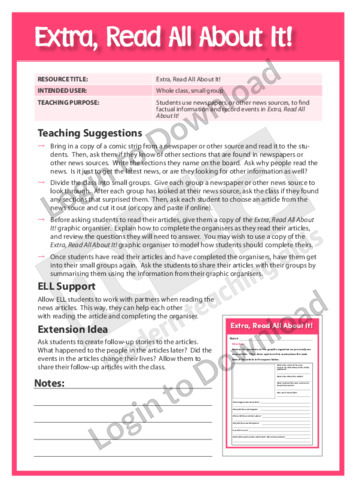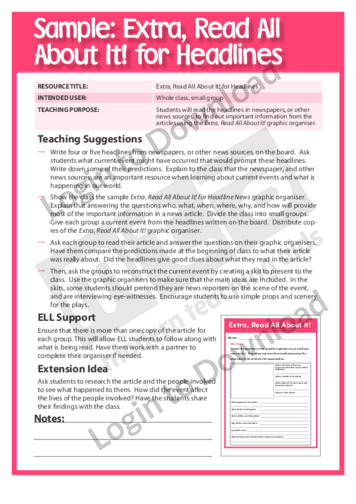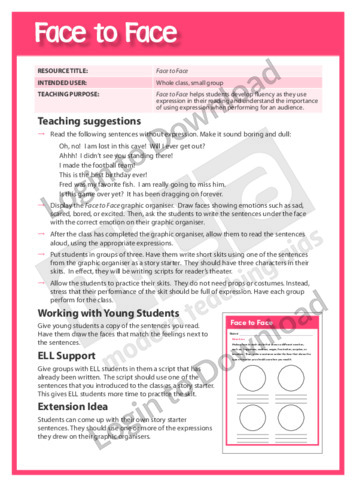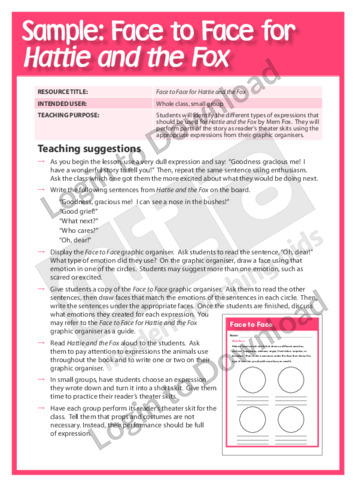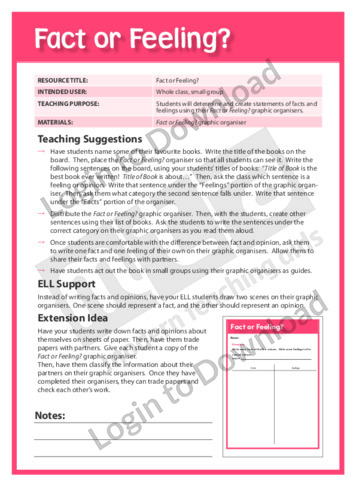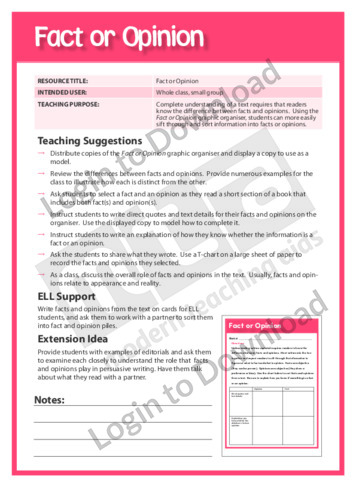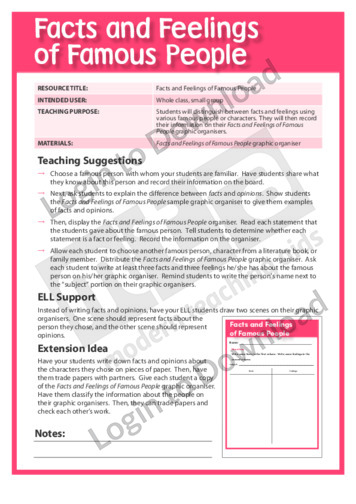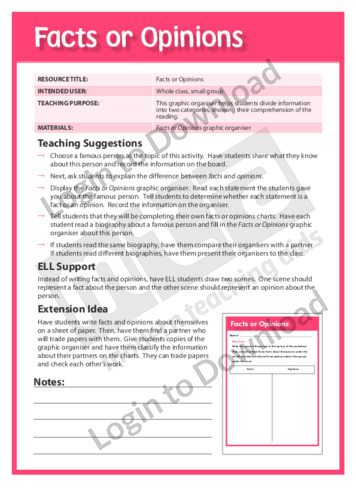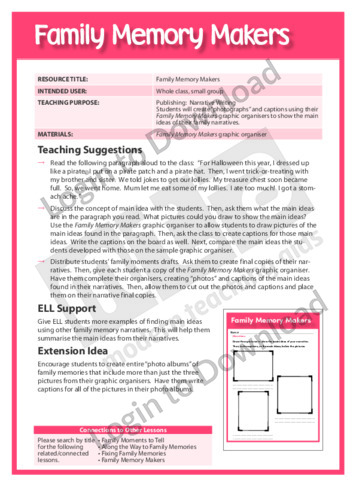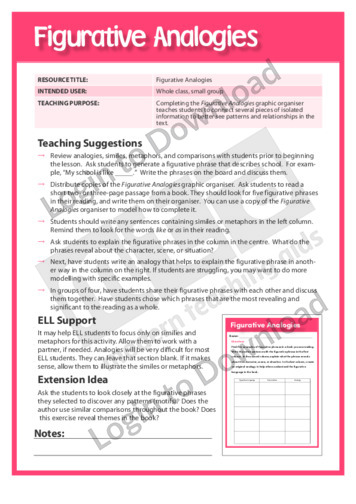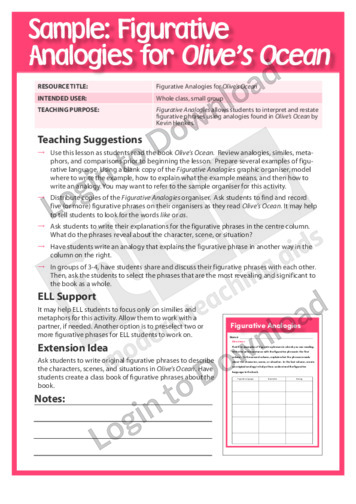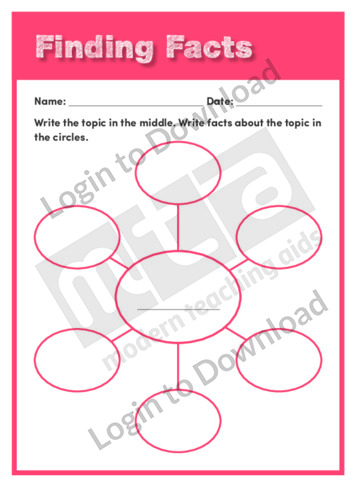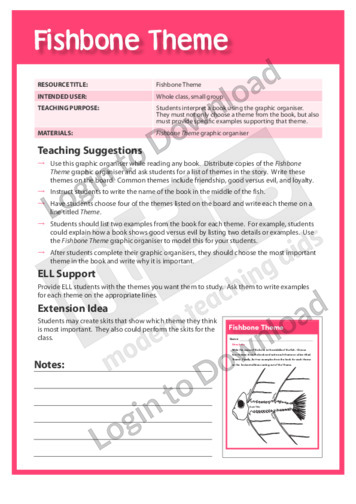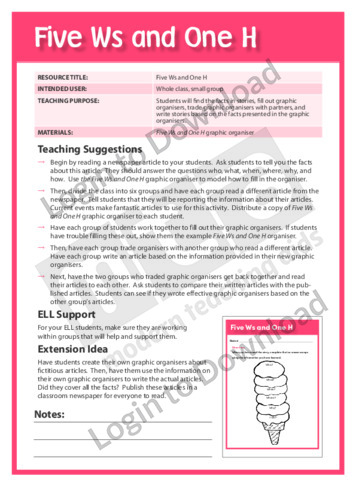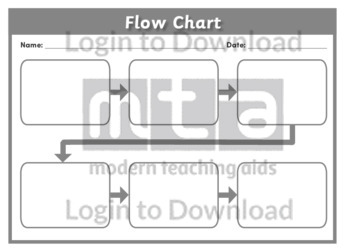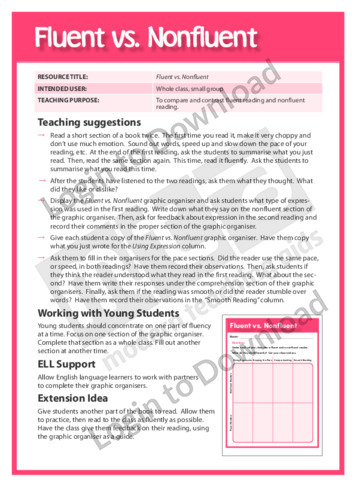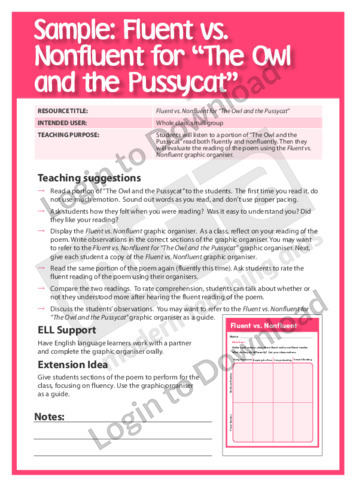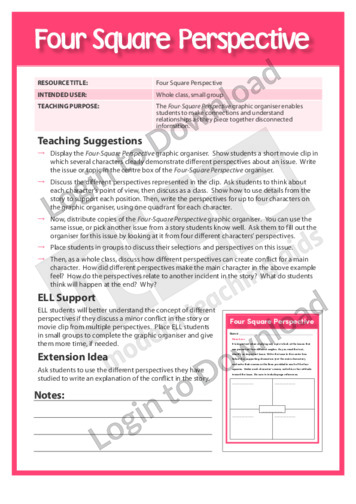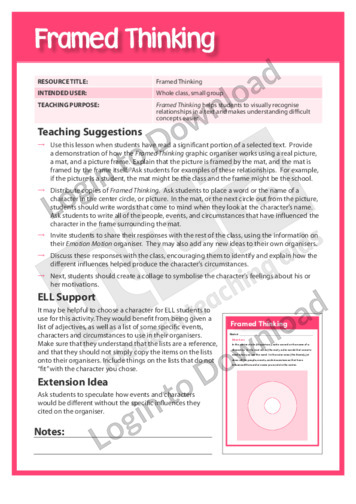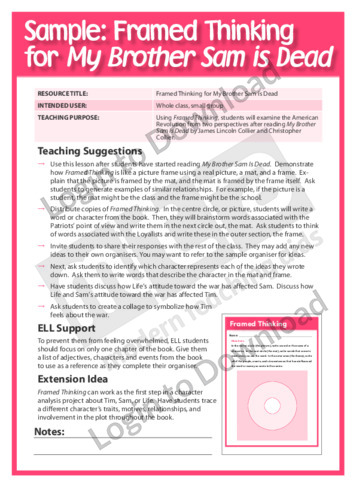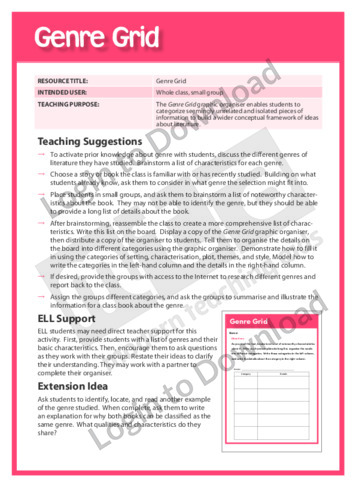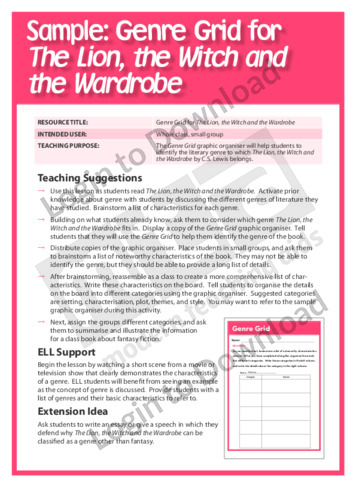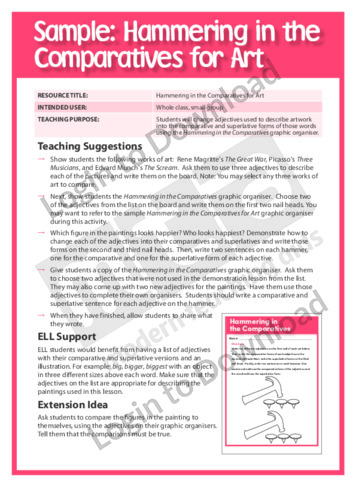This graphic organiser, ‘Connotation Conundrum for Harry Potter’ asks students to use the roots, etymological history, and denotative definitions to better understand the connotations embedded in character names in the Harry Potter books by J.K. Rowling.
This graphic organiser, ‘Context Clues Chart’ allows students to guess the meanings of unknown words, then compare and contrast their guesses with the actual definitions.
This graphic organiser, ‘Countdown to Questioning’ gives students the opportunity to analyse a text by asking questions that relate to that text, as well as setting a purpose and predicting.
This graphic organiser, ‘Countdown to Questioning for Non-fiction’ asks students to create questions about a non-fiction text before, during and after reading.
This graphic organiser, ‘Cutting Through Cause and Effect’ allows students to explain the causes and effects of a given situation in a non-fiction text.
This graphic organiser, ‘Cutting Through Cause and Effect for Hurricanes’ asks students to explain the various causes and effects of hurricanes as they read a non-fiction article or text about them.
This graphic organiser, ‘Cycle of Events’ is a great scaffold for students in understanding how a series of 3 events are linked continuously throughout a cycle. This process is important when examining concepts such as the water cycle or life cycles of animals where there is no beginning or end. Through using this diagram students …More
This graphic organiser, ‘Cycle of Events’ is a great scaffold for students in understanding how a series of 4 events are linked continuously throughout a cycle. This process is important when examining concepts such as the water cycle or life cycles of animals where there is no beginning or end. Through using this diagram students …More
This graphic organiser, ‘Cycle of Events’ is a great scaffold for students in understanding how a series of 5 events are linked continuously throughout a cycle. This process is important when examining concepts such as the water cycle or life cycles of animals where there is no beginning or end. Through using this diagram students …More
This graphic organiser, ‘Cycle of Events’ is a great scaffold for students in understanding how a series of 5 events are linked continuously throughout a cycle. This process is important when examining concepts such as the water cycle or life cycles of animals where there is no beginning or end. Through using this diagram students …More
This graphic organiser, ‘Definition Blocks’ asks students to evaluate and select the correct definition for a word after it is used in a sentence.
This graphic organiser, ‘Definition Blocks for The Butter Battle Book’ asks students to decide which definition is appropriate for a vocabulary word taken from The Butter Battle Book by Dr Seuss by using context clues from a given sentence.
This graphic organiser, ‘Describing a Character’ supports the teaching of reading and writing by asking students to record details about characters as they read or plan to write.
This graphic organiser, ‘Describing Settings’ supports the teaching of reading and writing by asking students to record details about settings as they read or plan to write.
This graphic organiser, ‘Descriptive Language’ supports the teaching of reading and writing by prompting students to record descriptive details as they read or write.
This graphic organiser, ‘Drawing Conclusions’ supports the teaching of comprehension and reading strategies by asking students to use evidence in the text to draw conclusions as they read.
This worksheet, ”Easter Helper’ in Sequence’ is a simple resource that allows students to develop their comprehension skills following the reading of the story ‘Easter Helper’.
This worksheet, ”Easter Helper’ Story Map’ is a simple resource that allows students to develop their comprehension skills following the reading of the story ‘Easter Helper’.
This worksheet, ‘Ed the ‘Easter Helper” is a simple resource that allows students to develop their comprehension skills following the reading of the story ‘Easter Helper’. Students are asked to outline the character of Ed and how his kind personality is shown through his actions.
This graphic organiser, ‘Emotion Motion’ enables students to improve their reading comprehension by collecting words that reveal the feelings of a character.
This graphic organiser, ‘Emotion Motion for Olive’s Ocean’ allows students to explore the development of Martha’s character in order to read a monologue from Olive’s Ocean by Kevin Henkes expressively.
This graphic organiser, ‘Evaluating a Text’ supports the teaching of comprehension and reading strategies by prompting students to record their responses to a text.
This graphic organiser, ‘Event Map’ enables students to map out ideas so they can make connections and clarify their thinking about themes and characters.
This graphic organiser, ‘Exploring a Sequence of Events’ supports the teaching of reading and writing by prompting students to identify the order of events as they read and write.
This graphic organiser, ‘Exploring Character Traits’ supports the teaching of reading by giving students a template for recording aspects of characters and their traits.
This graphic organiser, ‘Exploring Descriptive Writing’ supports the teaching of reading and writing by giving students a template for identifying or adding descriptive details.
This graphic organiser, ‘Exploring Fables’ supports the teaching of reading and writing by giving students a template for identifying characters and purposes in fables.
This graphic organiser, ‘Exploring Imagery’ supports the teaching of reading and writing by giving students a template for identifying meanings and connections with words in a text.
This graphic organiser, ‘Exploring Myths’ supports the teaching of reading and writing by giving students a template for identifying problems and solutions in myths.
This graphic organiser, ‘Exploring Vocabulary’ supports the teaching of vocabulary and comprehension by giving students a template for identifying word meanings in and out of context.
This graphic organiser, ‘Extra, Read All About It’ asks students to use newspapers, or other news sources, to find factual information and record events.
This graphic organiser, ‘Extra, Read All About It for Headlines’ asks students to read the headlines in newspapers, or other news sources, and identify important information from the articles.
This graphic organiser, ‘Face to Face’ helps students develop fluency as they use expression in their reading and understand the importance of using expression when performing for an audience.
This graphic organiser, ‘Face to Face for Hattie and the Fox’ asks students to identify the different types of expressions that should be used for Hattie and the Fox, then perform parts of the story using the appropriate expressions.
This graphic organiser, ‘Fact or Feeling’ supports students to identify the difference between facts and feelings in a text.
This graphic organiser, ‘Fact or Opinion’ asks students to sort information into facts or opinions after reading various texts.
This graphic organiser, ‘Fact or Opinion for My Brother Sam Is Dead’ asks students to sort information into facts or opinions after reading My Brother Sam Is Dead by James Lincoln Collier and Christopher Collier.
This graphic organiser, ‘Facts and Feelings of Famous People’ supports students to identify the difference between facts and feelings about various famous people.
This graphic organiser, ‘Facts and Opinions’ supports the teaching of reading and writing by giving students a template for recording facts and opinions as they read or plan for writing.
This graphic organiser, ‘Facts or Opinions’ helps students divide information into two categories, showing their reading comprehension.
This graphic organiser, ‘Family Memory Makers’ supports students in identifying the main idea from their family picture books.
This graphic organiser, ‘Finding Facts’ supports the teaching of reading and writing by giving students a template for recording facts and details as they read or plan for writing.
This graphic organiser, ‘Fishbone Theme’ asks students identify themes from within a book, providing specific examples to support that theme.
This graphic organiser, ‘Fishing for the Facts’ allows students to recall, as well as write in their own words, the important information from a text.
This graphic organiser, ‘Five Ws and One H’ helps students find facts in stories and write their own stories based on the facts they have found.
This graphic organiser, ‘Flow Chart’ combines skills in brainstorming and mind mapping to visually represent the relationship between sequential events. It can be used as a pre-writing task, to logically organise ideas, or a post-reading comprehension activity.
This graphic organiser, ‘Fluent vs. Non-fluent’ asks students to compare and contrast fluent reading and non-fluent reading.
This graphic organiser, ‘Fluent vs. Non-fluent for The Owl and the Pussycat’ asks students to listen to and evaluate a passage from The Owl and the Pussycat read both fluently and non-fluently.
This graphic organiser, ‘Following the Action’ supports the teaching of comprehension and writing by prompting students to identify events and actions as they read or plan for writing.
This graphic organiser, ‘Four-Square Perspective’ enables students to make connections and understand relationships as they piece together disconnected information.
This graphic organiser, ‘Four-Square Perspective for Bridge to Terabithia’ asks students to examine different points of view in order to better understand conflict in a story.
This graphic organiser, ‘Framed Thinking’ helps students to visually recognise relationships in a text and makes understanding difficult concepts easier.
This graphic organiser, ‘Framed Thinking for My Brother Sam Is Dead’ asks students examine the American Revolution from two perspectives after reading My Brother Sam Is Dead by James Lincoln Collier and Christopher Collier.
This graphic organiser, ‘Genre Grid’ enables students to categorise seemingly unrelated and isolated pieces of information to build a wider conceptual framework of ideas about literature.
This graphic organiser, ‘Genre Grid for The Lion, the Witch and the Wardrobe’ helps students to identify the literary genre to which The Lion, the Witch and the Wardrobe by C.S. Lewis belongs.
This graphic organiser, ‘Hammering in the Comparatives for Art’ asks students to change adjectives used to describe artwork into their comparative and superlative forms.
This graphic organiser, ‘Hats Off to Facts and Opinions for Diaries’ asks students to determine if different statements from a diary entry are facts or opinions.
It�s that easy!


